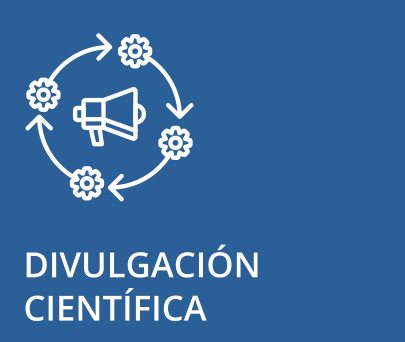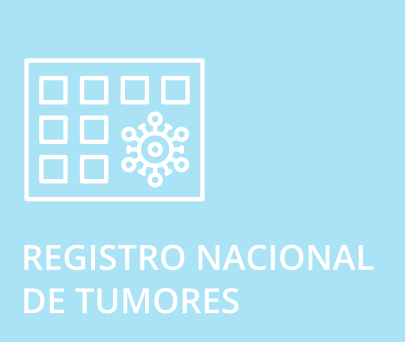
Communities in DSpace
Select a community to browse its collections.
Recent Submissions
Publication
Evaluation of DNA damage through cytogenetic approach in smokers and vapers with and without nicotine compared with control group
(2024) Paz-y-Miño, César; Ocampo, Ligia; Sánchez, María-Eugenia; Leone, Paola E
The use of tobacco and electronic cigarettes is harmful to health and can cause genetic damage, increasing the risk of cancer and other serious diseases. Although e-cigarettes contain fewer toxic chemicals than conventional tobacco, recent studies have shown that the vapor caused by burning produced by e-cigarettes can also be toxic and carcinogenic. Various studies have found that those exposed to tobacco and vaping have significantly higher levels of damage to their DNA in different types of cells and tissues. Evidence has accumulated that e-cigarette vaping can alter cellular functions and DNA itself, increasing the risk of cancer and aging. The present work evaluates the cytogenetic damage in individuals exposed to conventional cigarette vapors by burning with nicotine and vapors without nicotine, compared with a non-smoking population. The study included participants with an average age of 30 years (+/-10), with a majority of men representing 70% of the sample. The Chi-square test found no significant statistical differences between the men and women exposed (p<0.05). The results of chromosomal fragility found in the four groups studied (control group, conventional smokers, vapers with nicotine and vapers without nicotine) showed breaks and gaps in one or both of the chromatids in all exposed individuals, with highly significant statistical differences (p<0.001) compared to the unexposed control group. No statistically significant differences were found between the group of conventional smokers and the vapers with and without nicotine, nor between the two types of vapers (p>0.05). In conclusion, cytogenetic evidence of DNA damage produced by vaping is shown in the same
proportions as a normal cigarette. This will significantly impact public health, which must be considered in preventive actions.
Publication
Boletín Epidemiológico, cáncer en cifras
(SOLCA, Núcleo de Quito, 2024) Registro Nacional de Tumores SOLCA Quito
El cáncer infantil es una de las principales causas de muerte en niños y adolescentes a nivel mundial. Aunque el cáncer infantil no se puede prevenir, la mayoría de los casos pueden curarse con quimioterapia, cirugía y radioterapia, lo que hace crucial un diagnóstico precoz y un tratamiento eficaz. Este escenario subraya la necesidad de fortalecer las estrategias de control, especialmente aquellas enfocadas en el diagnóstico temprano y tratamiento oportuno, dado que los retrasos en el diagnóstico y el inicio del tratamiento se asocian con la enfermedad en etapa avanzada y contribuyen a las altas tasas de mortalidad. Con el objetivo de aportar al análisis de la situación del cáncer infantil en el contexto local, nacional y regional; el Registro Nacional de Tumores presenta el boletín epidemiológico - cáncer en cifras -, como insumo que permita avizorar los retos en salud pública que tenemos como país en el control de esta enfermedad.
Publication
Variable patterns of retrotransposition in different HeLa strains provide mechanistic insights into SINE RNA mobilization processes
(2024) Moldovan, John B; Kopera, Huira C; Liu, Ying; Garcia-Canadas, Marta; Catalina, Purificacion; Leone, Paola E; Sanchez, Laura; Kitzman, Jacob O; Kidd, Jeffrey M; Garcia-Perez, Jose Luis; Moran, John V
Alu elements are non-autonomous Short INterspersed Elements (SINEs) derived from the 7SL RNA gene that are present at over one million copies in human genomic DNA. Alu mobilizes by a mechanism known as retrotransposition, which requires the Long INterspersed Element-1 (LINE-1) ORF2-encoded protein (ORF2p). Here, we demonstrate that HeLa strains differ in their capacity to support Alu retrotransposition. Human Alu elements retrotranspose efficiently in HeLa-HA and HeLa-CCL2 (Alu-permissive) strains, but not in HeLa-JVM or HeLa-H1 (Alu-nonpermissive) strains. A similar pattern of retrotransposition was observed for other 7SL RNA-derived SINEs and tRNA-derived SINEs. In contrast, mammalian LINE-1s, a zebrafish LINE, a human SINE-VNTR-Alu (SVA) element, and an L1 ORF1-containing mRNA can retrotranspose in all four HeLa strains. Using an in vitro reverse transcriptase-based assay, we show that Alu RNAs associate with ORF2p and are converted into cDNAs in both Alu-permissive and Alu-nonpermissive HeLa strains, suggesting that 7SL- and tRNA-derived SINEs use strategies to 'hijack' L1 ORF2p that are distinct from those used by SVA elements and ORF1-containing mRNAs. These data further suggest ORF2p associates with the Alu RNA poly(A) tract in both Alu-permissive and Alu-nonpermissive HeLa strains, but that Alu retrotransposition is blocked after this critical step in Alu-nonpermissive HeLa strains.
Item
Item
Cytopathology of Sarcomas and Other Nonepithelial Malignant Tumors
(W. B. Saunders Company, 1976) Hajdu, Steven; Hajdu, Eva









